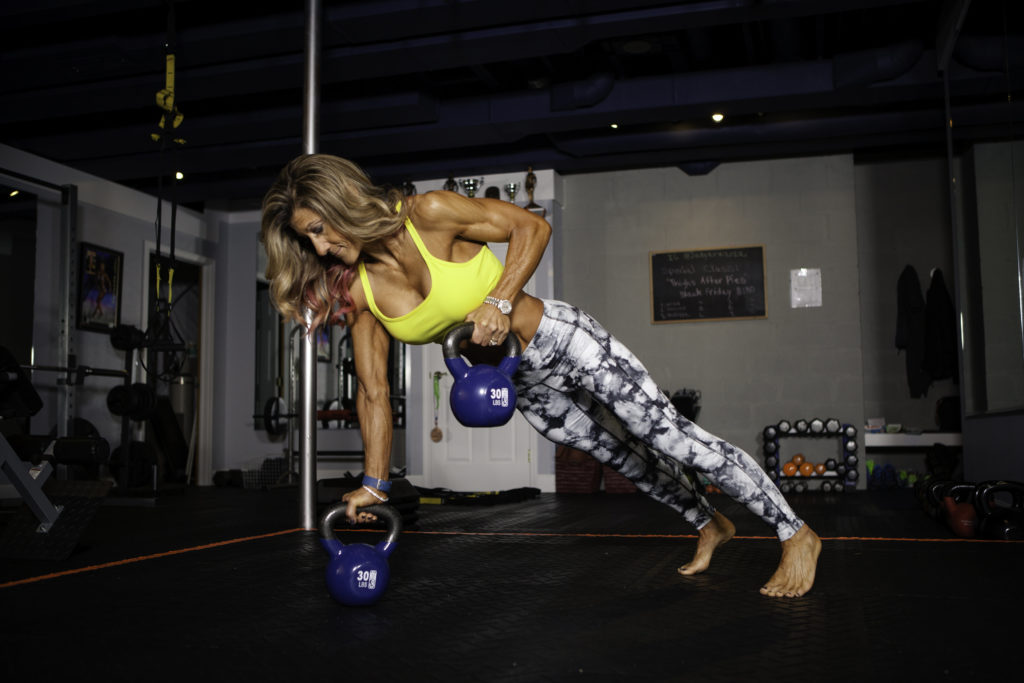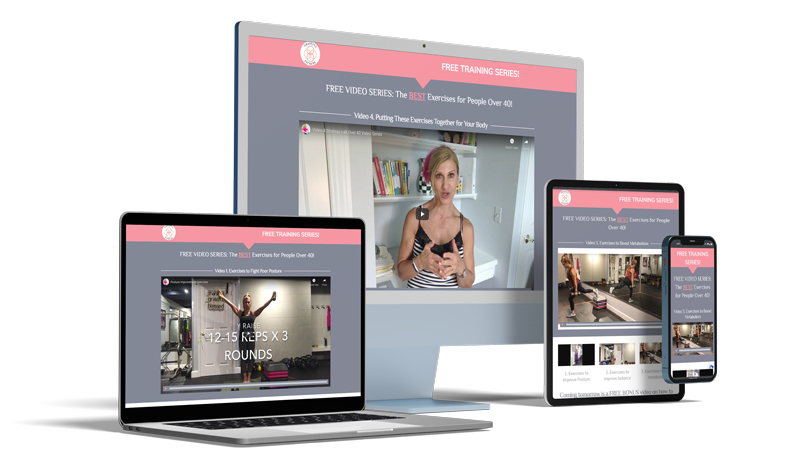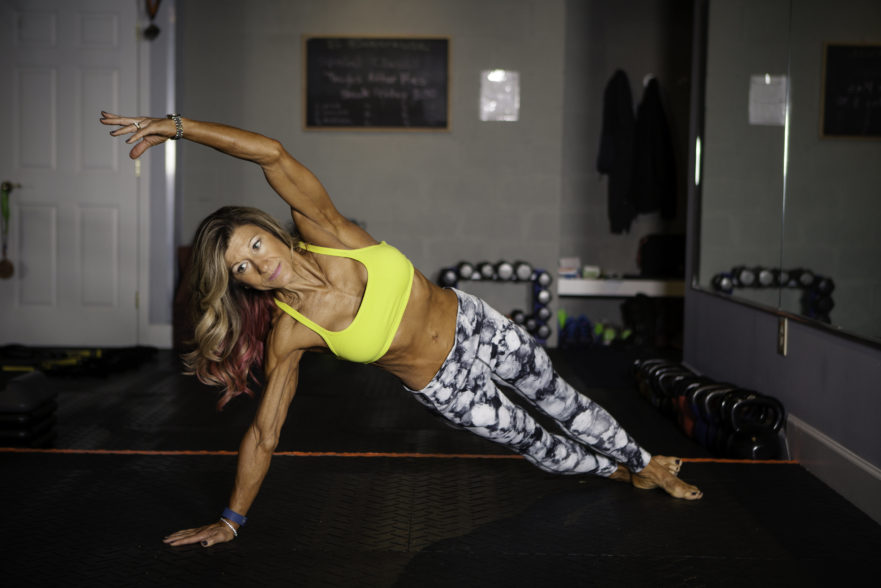Trendy entertaining workouts are tempting and entertaining. But the fact is, they can lead to an increased risk for injuries for those of us in midlife.
The whole reason we workout is to improve our quality of life. If we are repeatedly on the injured reserve roster, then we have defeated the purpose of working out.
Careful age-specific programming is a necessity for midlifers and beyond.
It is imperative that our gym sessions be intentionally programmed to first do no harm and second meet the most important training goal for midlife and beyond.
That goal is to improve and maintain strength, and mobility/ flexibility.
The benefits of prioritizing strength are well documented and include, improving joint protection, maintaining mobility and flexibility, and preventing cognitive decay. Here is what we know to be helpful for optimal midlife fitness and beyond.
8 Absolute Rules for Training in Midlife Pain-Free:
1. Make resistance training top priority
Regular resistance training improves muscular strength and tone. This protects our joints. Strong muscles are required for balance. The fact is that 70% of all people over the age of 70 die from complications of falling. We must invest our time and energy into maintaining our balance and muscle tone.
2. Warming up must include significant joint mobility
Joints do not have great blood circulation and so it is important to make them pliable by increasing the amount of fluid in them by moving them carefully before adding resistance to the supporting muscles.
3. Get better at hip hinges and include them often.
Hinging moves work the largest muscle in the body, the gluteus Maximus and medius. Weaks glutes are largely responsible for back and knee issues. Stronger glutes will put less wear and tear on the knees and back. Hinging examples include all varieties of deadlifts, kettlebell swings, glute thrusts, and hip thrusts. There are several bands and TRX variations of hinging as well. A knowledgeable trainer can help proper form.
4. Get obsessive about shoulder stabilization and retraction.

Hunched up shoulders and shoulder blades are largely responsible for fo radiating pain and shoulder injuries. Poor shoulder posture also is a contributing factor to the shoulder issues that at so common in midlife. Just becoming aware of hunching and making a conscious effort to pull shoulders down and back is a game-changer. Think upper back knots diminishing.
5. Prioritize pulling more than pushing.
It is very common to have a strength imbalance between the front of the body and the back. Our electronic lifestyle of bending forward all day long over devices or steering wheels makes it worse. Although bench presses are the go-to for many casual gym-goers, they are not the best options for overall strength and pain reduction.
Shoulder health will be maintained and improved by prioritizing pulling moves like rows.
The row is highly underappreciated, yet it is one of the simplest exercises to do. We can literally row every day (and we should) and not over train. (Tweet this)
6. Practice consistent carries for your core and more.
Loaded carries improve the integrity of the core especially abs and glutes and shoulder stabilization. See #4 Ps- ditch the crunches, they are more harmful than helpful. Pick up some heavy dumbbells and imagine your favorite adult beverage on your head. Now walk slowly for a minute.
7. Do no harm.
If an exercise causes joint pain, stop. Pay attention to the difference between muscle fatigue and joint pain. Pay attention to what your body is telling you. The success of a workout is directly related to what you ate, how you slept and what your current stress level is. Exacerbated joint pain is common after consuming sugary and highly processed foods and alcohol. This is pretty common on Mondays following weekend celebrations.
8. Trendy workouts might be fun….
…and working out should have a fun factor to a certain degree. But workouts are not entertainment. Now having said that, there is a huge benefit in finding the gym or studio where you feel like you are in a Cheers episode. You know “where everyone knows your name.”
Remember the main goal.
Exercising in midlife is necessary to maintain and improve our strength mobility.
There are numerous other benefits like preventing cognitive decay and maintaining balance as well. Follow these rules like commandments, and choose a gym where the community feels comfortable for you. For even more success, hire a trainer or program specifically designed for midlife exercise.
Click here to learn more about the online fitness programs for midlife.
FREE Video Series: The Best Exercises for Women Over 40!

Free 3-Part video Series goes in-depth teaching you how to perform the above exercises step-by-step THE RIGHT WAY without getting hurt.


